Patient engagement has evolved from a healthcare trend to a critical element in delivering quality care. In 2025, the focus is on keeping patients informed and creating meaningful interactions that drive better health outcomes. The right tools can help healthcare providers bridge the gap between clinical settings and everyday patient experiences, enhancing satisfaction and adherence to treatment plans.
From advanced telehealth solutions that offer convenience and accessibility to personalized health management apps that encourage proactive care, today’s tools are broader and more effective than ever. These technologies empower patients to participate in their health journey actively, fostering a collaborative environment where information flows seamlessly between providers and patients.
This blog explores the top 11 patient engagement tools of 2025. Let’s look at the current technologies that can transform patient engagement strategy.
What is Digital Patient Engagement?
Digital patient engagement uses technology to connect patients with healthcare providers, enabling seamless management of care anytime, anywhere. Tools like secure messaging, live online chat, and self-service software allow patients to complete routine tasks such as scheduling appointments, accessing medical records, and engaging with healthcare teams on their terms.
By leveraging familiar devices and offering 24/7 virtual access, digital patient engagement empowers individuals to take an active role in their healthcare journey, from the onset of symptoms through post-visit care.
Key Benefits of Digital Patient Engagement
Not long ago, visiting the doctor meant long waits, rushed conversations, and piles of paperwork. But today, a patient can do all of these things on their phone. It’s the result of digital tools reshaping how patients and providers connect, and here are the benefits they bring to healthcare:
- Improved Patient Satisfaction: Convenient digital tools paired with positive staff interactions create a superior patient experience, fostering loyalty and increasing referrals.
- Greater Patient Control: Allowing patients to manage scheduling, communication, and payments leads to better clinical outcomes and a stronger connection to their healthcare journey.
- Enhanced Staff Productivity: Automating repetitive tasks such as scheduling and check-in frees staff to focus on complex responsibilities, boosting efficiency and job satisfaction.
- Lower Risk of Burnout: Minimizing manual tasks reduces staff workload and stress, promoting a healthier work environment and reducing turnover.
- Efficient Use of Small Teams: Automation supports high-quality patient care even with limited staff, maintaining service standards without additional hires.
- Significant Cost Savings: Streamlining operations and enhancing productivity contributes to a strong return on investment through reduced labor costs and operational efficiency.
Digital patient engagement is a healthcare provider’s “digital front door,” delivering a seamless and practical experience that benefits patients and healthcare staff throughout the care continuum.
11 Essential Tools That Patient Engagement Apps Should Have
Engaging patients effectively in 2025 requires a robust set of digital tools that simplify healthcare processes and empower patients to take an active role in their health journey. Explore the 11 essential tools that every patient engagement app should include:
1. Health Risk Assessments
Health risk assessments (HRAs) serve as valuable tools for identifying lifestyle factors and health risks through quick and efficient questionnaires. Many HRAs cover a broad spectrum of patient well-being, including nutrition, fitness levels, emotional health, stress, sleep, and specific health metrics such as cholesterol and blood pressure. By participating in an HRA, patients contribute valuable information that helps healthcare providers develop a holistic understanding of their health. This approach allows doctors to make well-informed decisions based on a comprehensive health history rather than focusing solely on immediate symptoms.
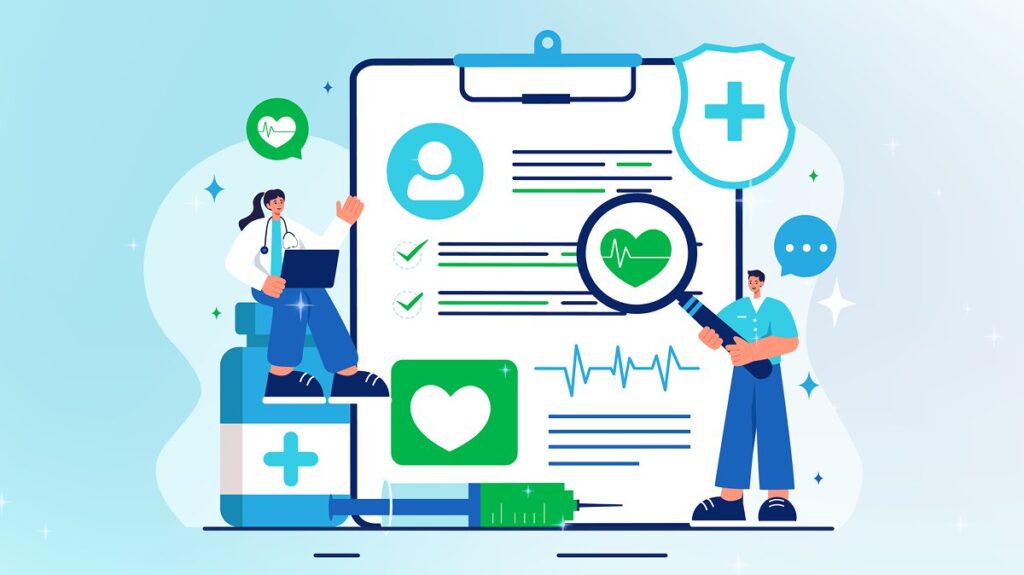
Hospitals and health systems often use HRAs as a clinical tool and a marketing strategy to attract new patients. Many organizations provide online HRAs or distribute them at employer sites, offering potential patients a convenient way to assess their health status. When healthcare providers identify care needs through HRAs, prospective patients are more likely to seek care from those providers. This proactive strategy improves patient acquisition and enhances personalized care by identifying potential health risks before they develop into more serious issues.
2. Screenings for Care Gaps
Screening for care gaps is an effective method for ensuring patients receive comprehensive and personalized healthcare. Care gaps refer to the discrepancies between recommended best practices, such as regular screenings and check-ups, and the actual care provided. Common care gaps include missed vaccinations, overdue wellness visits, and unmanaged chronic conditions. By identifying these gaps, healthcare providers can proactively address unmet needs, ultimately supporting better health outcomes.
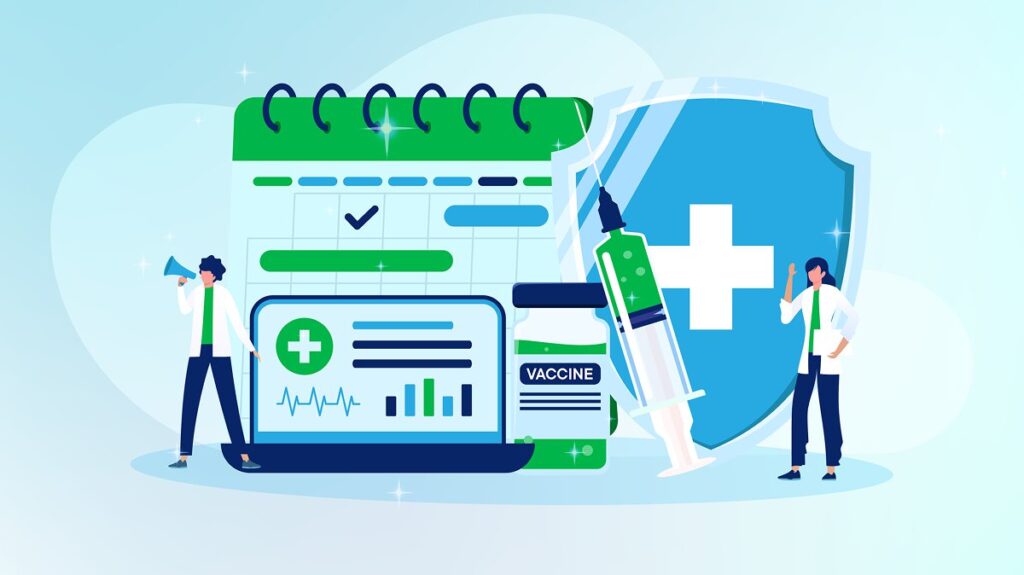
Regular screenings play a vital role in enhancing patient engagement by helping individuals understand their specific healthcare needs. When patients are aware of care gaps, they can make informed decisions about their health and take necessary actions to close those gaps. This approach promotes a more patient-centered model of care, where healthcare teams and patients collaborate to develop a well-rounded and effective treatment plan.
3. Notifications for Lab Results
Notifications for lab results provide patients with timely access to essential health information. Many patients expect quick access to their lab results, which allows them to make informed health decisions. Automated notifications help patients stay updated on their test outcomes and encourage them to engage more actively with their healthcare providers. This transparency creates a valuable dialogue between patients and healthcare professionals, enhancing understanding and building trust.
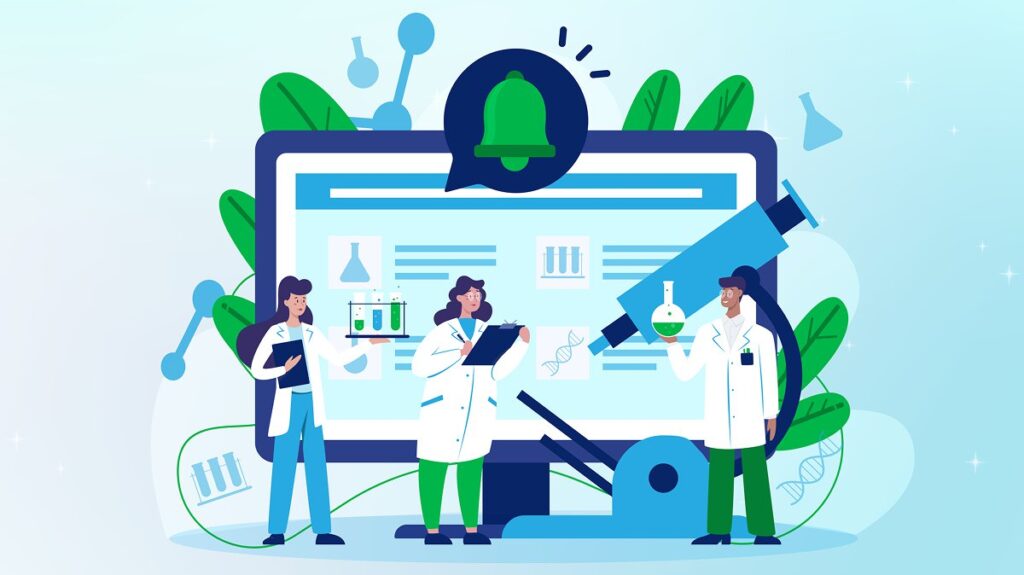
Platforms like LabCorp’s patient portal enable immediate access to lab results, empowering patients to take prompt action based on their health data. Whether managing a chronic condition or addressing a new health issue, knowing test results early helps patients and healthcare providers collaborate more effectively on treatment plans. Immediate access to information also supports faster interventions, which can improve overall health outcomes.
4. Medication Alerts and Reminders
Medication alerts and reminders play a crucial role in improving patient adherence to prescribed treatment plans. Automated reminders notify patients when prescriptions are ready for pick-up, when refills are due, and guide proper medication use. Such reminders are particularly beneficial for managing chronic conditions like diabetes or hypertension, where maintaining a consistent medication schedule is critical.
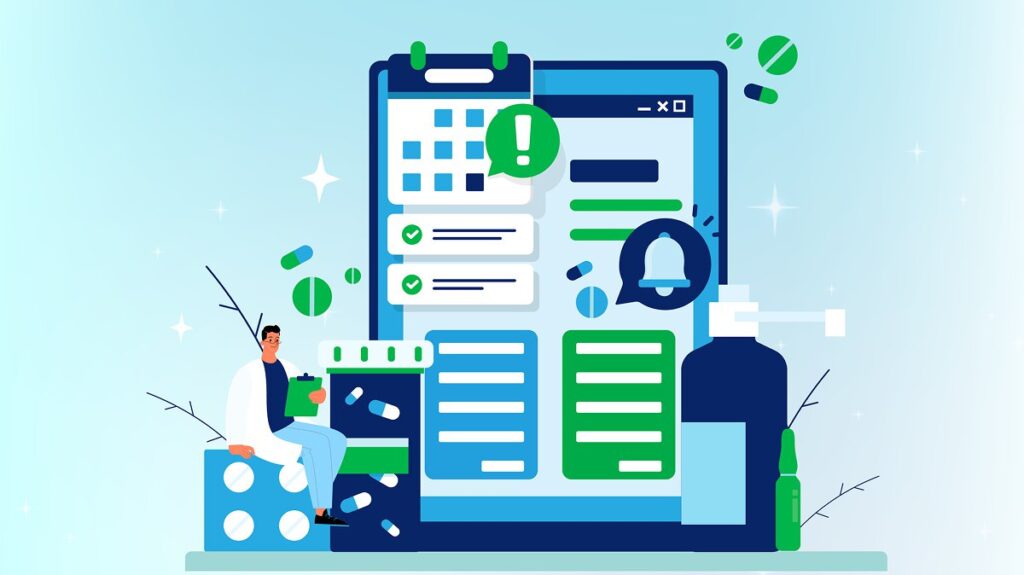
According to the World Health Organization, medication adherence can significantly impact treatment effectiveness, often more so than the prescribed therapy. By providing clear, timely reminders, healthcare providers can help patients avoid missed doses and ensure that treatment plans are followed correctly. Improved adherence enhances patient health and reduces the likelihood of complications and hospital readmissions.
5. Care Coordination
Care coordination tools facilitate seamless communication among healthcare providers involved in a patient’s treatment. A cohesive healthcare delivery system includes everyone from individual providers to large organizations, all contributing to a patient’s care. Effective coordination minimizes fragmented care by enabling a unified approach to managing patient health. This helps ensure that information flows consistently across care teams, providing patients with clear and accurate guidance.
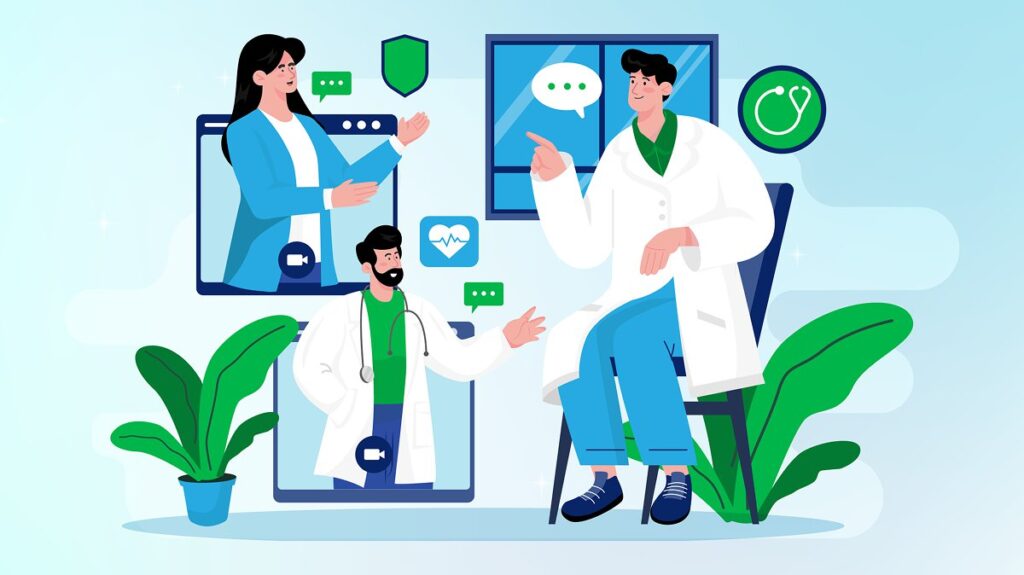
By streamlining care coordination, healthcare organizations can reduce redundant tests and avoid potential treatment conflicts. Patients benefit from a consistent care experience, as all providers have access to the same medical history and treatment plans. This approach improves clinical outcomes and enhances patient engagement by building a more supportive and transparent healthcare environment.
6. Appointment Reminders
Appointment reminders help reduce missed appointments and improve patient attendance. Automated reminders sent via text, email, or phone calls can significantly lower the average no-show rate, often over 20%. Reducing missed appointments benefits patients and healthcare providers by ensuring timely access to care and maintaining clinic efficiency.
Providing patients with reminders about upcoming appointments supports better health management by helping them stay on track with their care plans. Patients who receive reminders are more likely to follow through with appointments, leading to improved treatment adherence and more consistent monitoring of chronic conditions. Clinics that implement effective reminder systems often experience enhanced patient satisfaction and operational productivity.
7. Consumer Education
Consumer education tools offer valuable resources that help patients understand their health conditions and treatment plans. Digital education materials, such as videos, handouts, and interactive tools, provide patients with information they can review independently. Increased health literacy allows patients to make more informed decisions about their care and adhere to treatment plans more effectively.
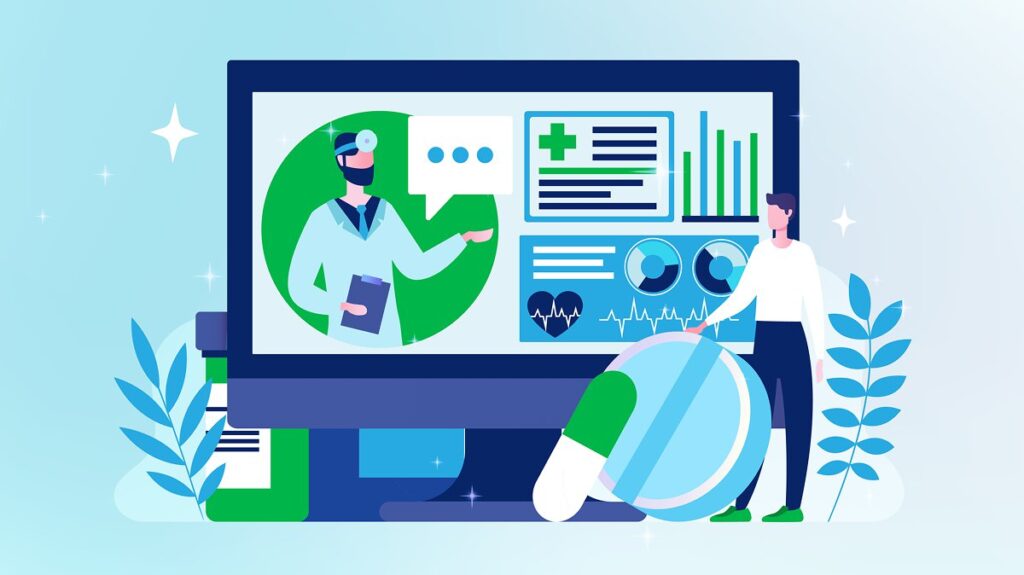
For instance, a patient recovering from surgery might benefit from educational content about rehabilitation exercises and preventive care. Accessible educational resources empower patients to take proactive steps in their recovery and contribute to long-term health improvements. Healthcare providers offering comprehensive education support often see higher patient engagement and satisfaction levels.
8. Virtual Health Screenings
Virtual health screenings provide patients convenient access to healthcare services through digital platforms. Remote screenings allow healthcare providers to assess surface-level health risks and recommend appropriate care options without requiring an in-person visit. Telehealth and virtual care options have become essential for delivering timely and accessible healthcare, especially for patients in remote or underserved areas.
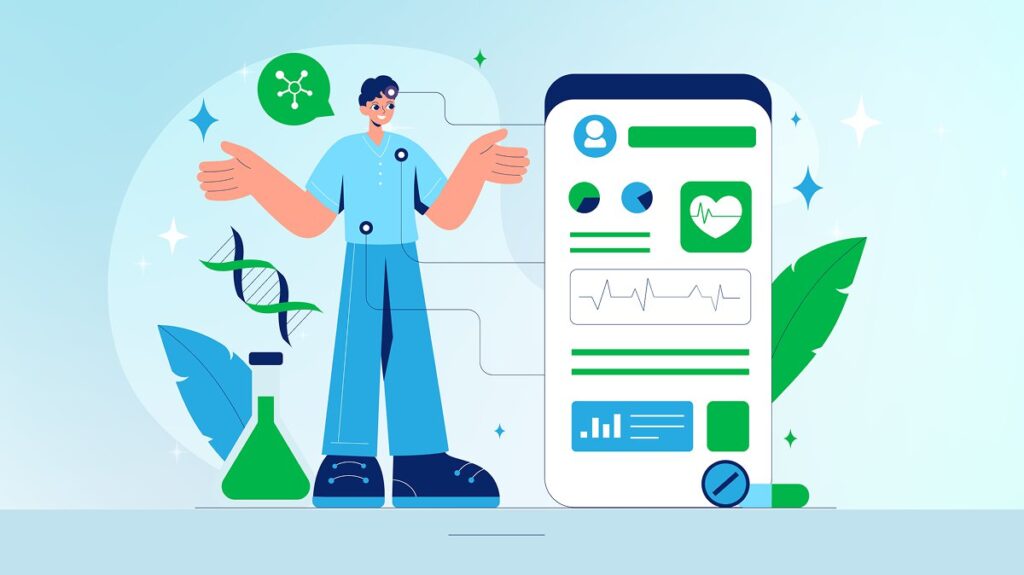
Digital screenings contribute to a more flexible healthcare experience, as patients can connect with providers from their homes. By offering virtual assessments, healthcare organizations can improve early detection of health issues and provide timely interventions, enhancing overall patient engagement and satisfaction.
9. Find a Doc: Patient/Provider Matching
Patient-provider matching tools help connect patients with healthcare professionals who meet their needs and preferences. Many healthcare organizations use “Find a Doc” features on their websites, allowing patients to search for providers based on location, gender, specialty, and even shared values and approaches to healthcare.
Effective matching systems improve patient experiences by ensuring compatibility between patients and providers. When patients feel comfortable with their healthcare professionals, they are more likely to communicate openly, follow treatment recommendations, and maintain regular visits, all of which contribute to better health outcomes.
10. Payment Reminders
Payment reminders support financial transparency and responsibility by helping patients keep track of their medical bills. Many patients struggle to understand complex insurance plans, high deductibles, and payment schedules. Automated reminders can reduce missed or overdue payments by providing clear information about due dates and amounts owed.
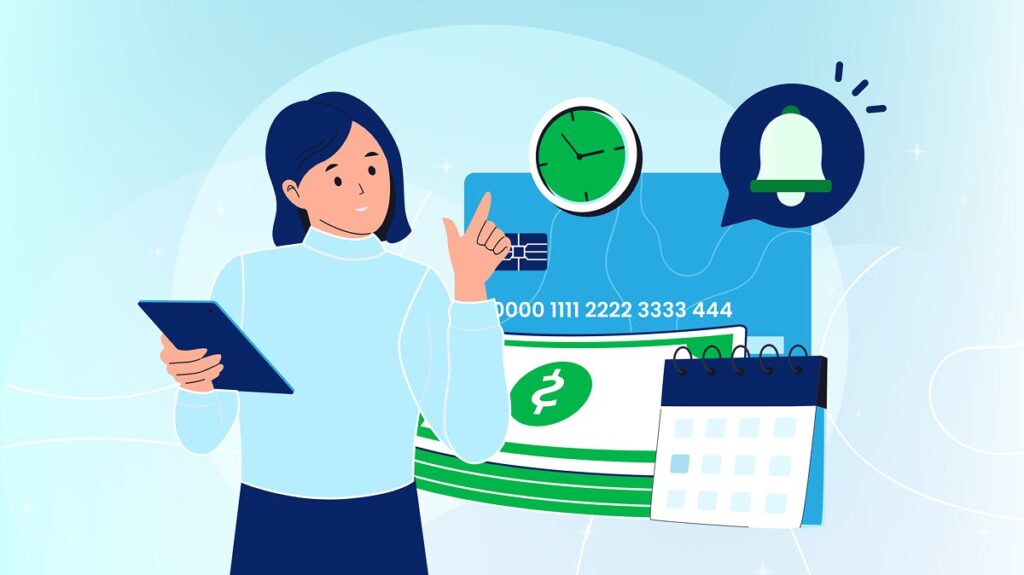
Implementing payment reminders improves the financial health of healthcare providers and enhances the patient experience by minimizing confusion and stress related to medical expenses. Clinics that use digital billing tools often see faster payment processing and a decrease in administrative burdens.
11. Language Translation Platform
Language translation platforms remove communication barriers between patients and healthcare providers. Multilingual support ensures that non-English speaking patients receive the same quality of care as others, promoting inclusivity and understanding. Accurate translation helps patients explain their symptoms, understand medical advice, and follow aftercare instructions correctly.
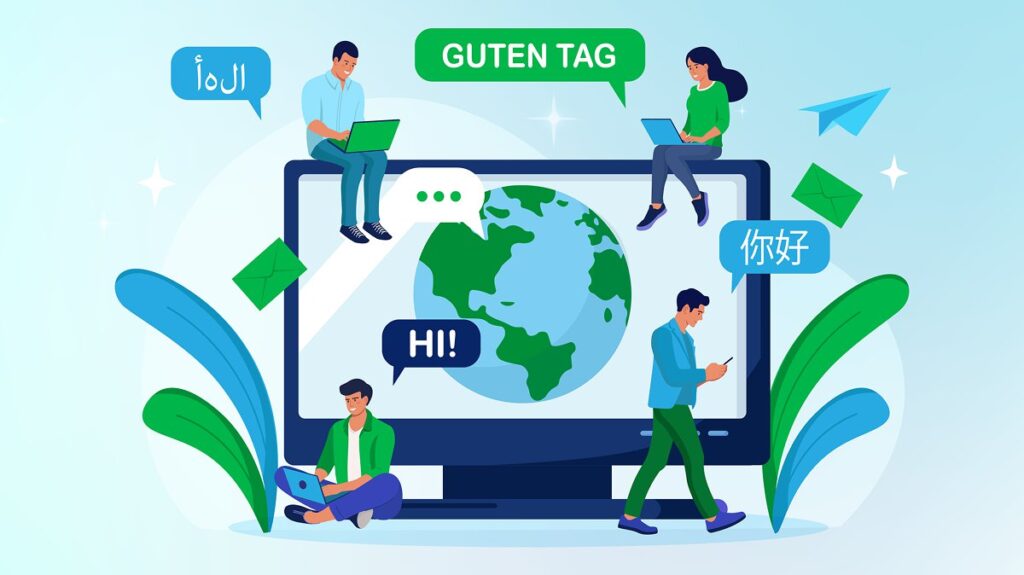
A well-integrated translation solution improves patient engagement by enabling clear and effective communication. Patients who fully understand their treatment options and care plans are more likely to participate actively in their healthcare, leading to better outcomes and higher satisfaction rates.
The right digital patient engagement platform is crucial for improving patient communication and care coordination. A successful digital patient engagement platform must integrate seamlessly with existing healthcare systems, ensuring smooth EHRs and telehealth services interoperability. If you’re looking for a trusted technology partner to develop or integrate a customized engagement solution, KMS Healthcare can help. We offer end-to-end software development and integration solutions that empower healthcare providers to optimize patient engagement strategies.

Maximize Efficiency and Patient Satisfaction with KMS Healthcare
Enhancing patient satisfaction while maximizing operational efficiency requires robust patient engagement tools that streamline communication, automate workflows, and offer personalized experiences.
At KMS Healthcare, we deliver custom healthcare software development services that help healthcare providers optimize patient engagement strategies:
- Custom Patient Engagement Tools: Develop bespoke software that enhances patient interactions through features like secure messaging, appointment scheduling, and personalized health resources.
- Seamless Integration: Ensure smooth interoperability with Electronic Health Records (EHRs) and telehealth platforms, enhancing the effectiveness of patient engagement tools.
- Data Security & Compliance: Build solutions that adhere to HIPAA, SOC, and HITRUST standards, safeguarding patient data while enhancing trust.
Contact us today to discover how KMS Healthcare’s advanced technology solutions can elevate your patient engagement and streamline care delivery!
